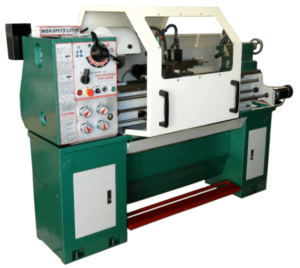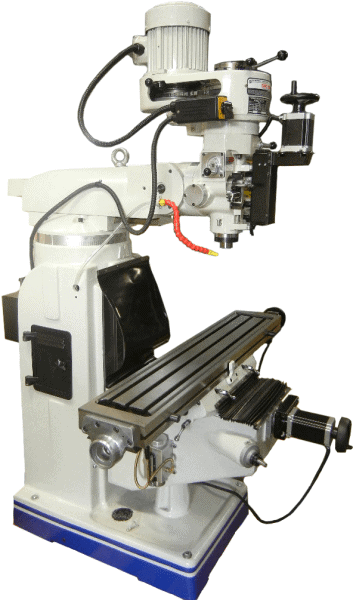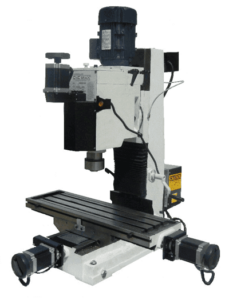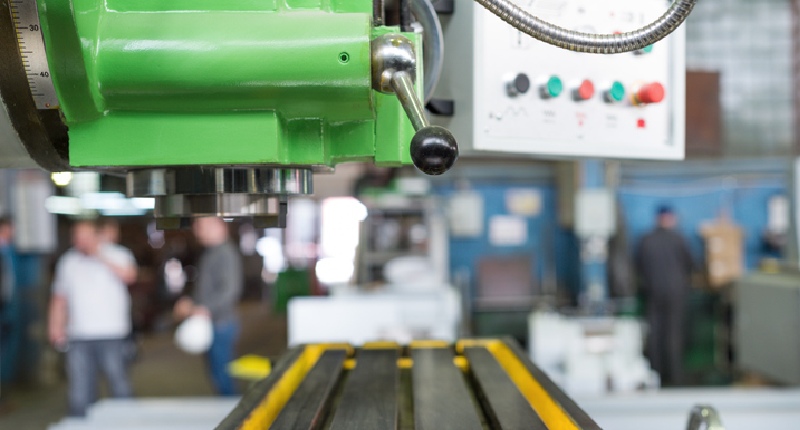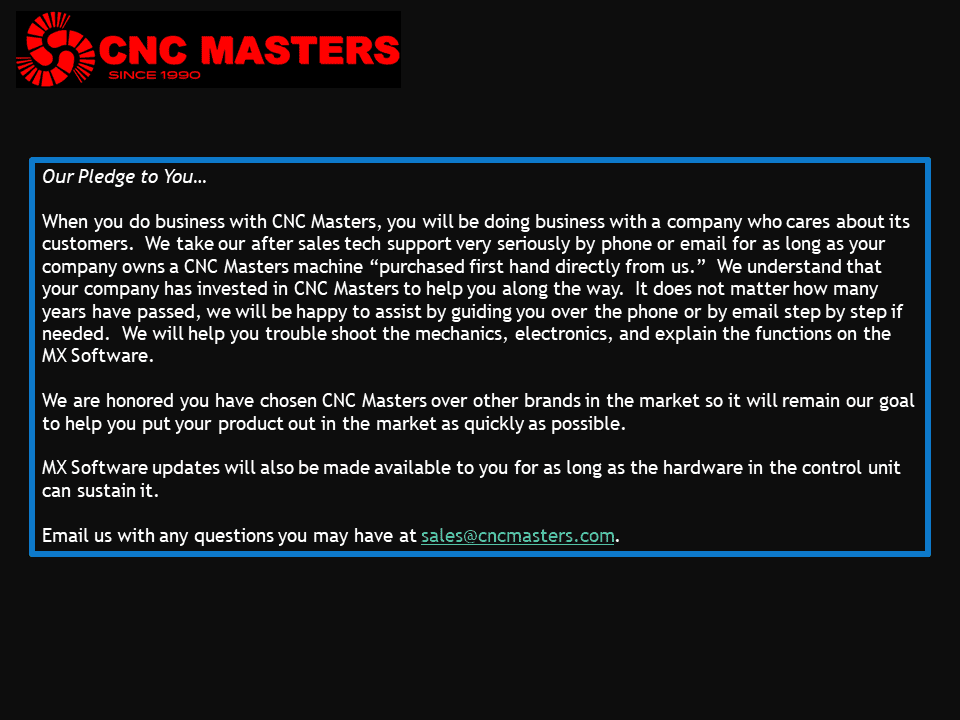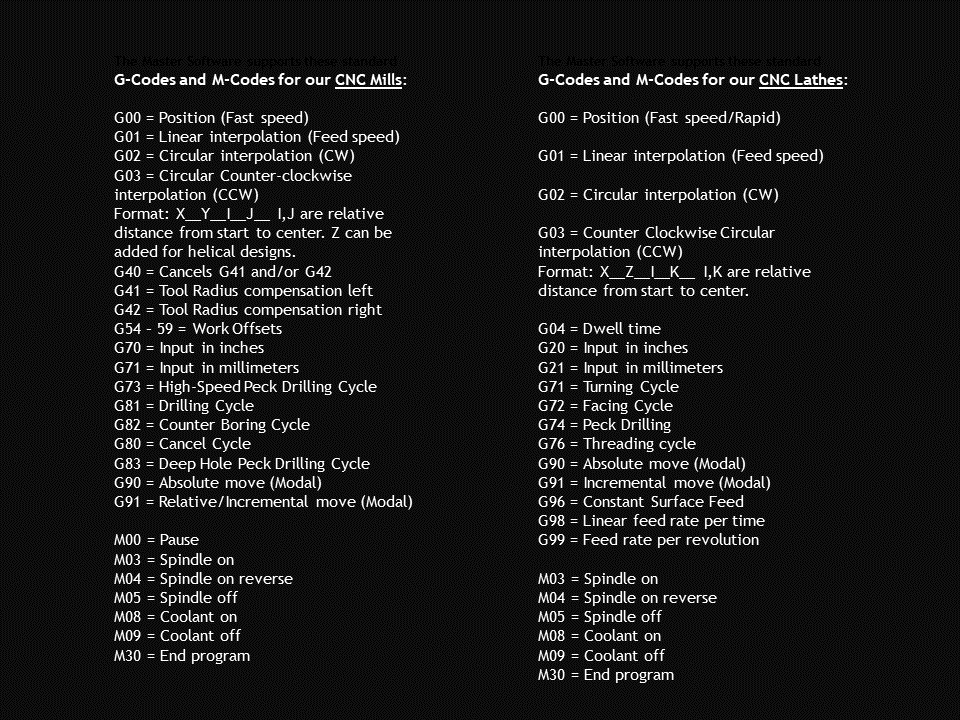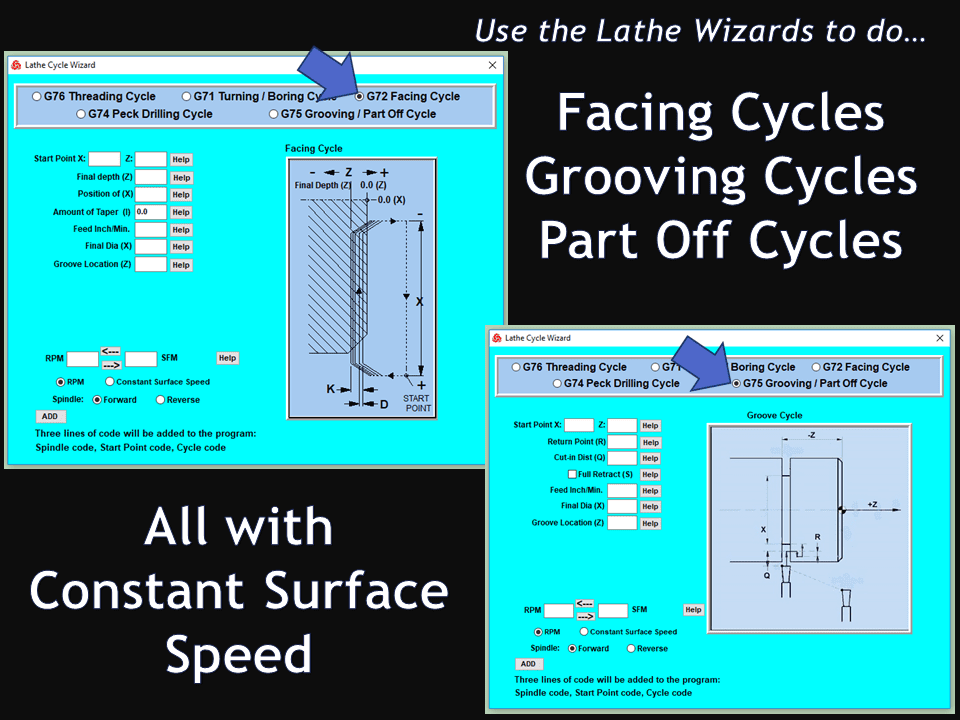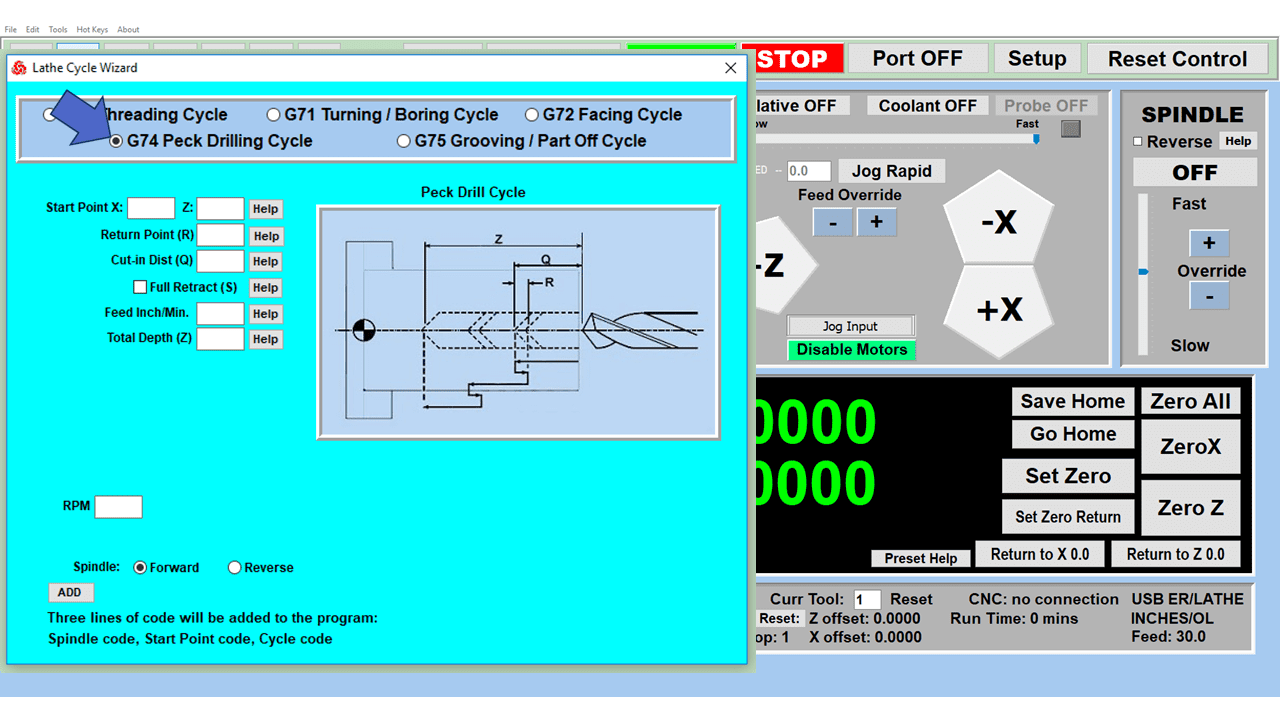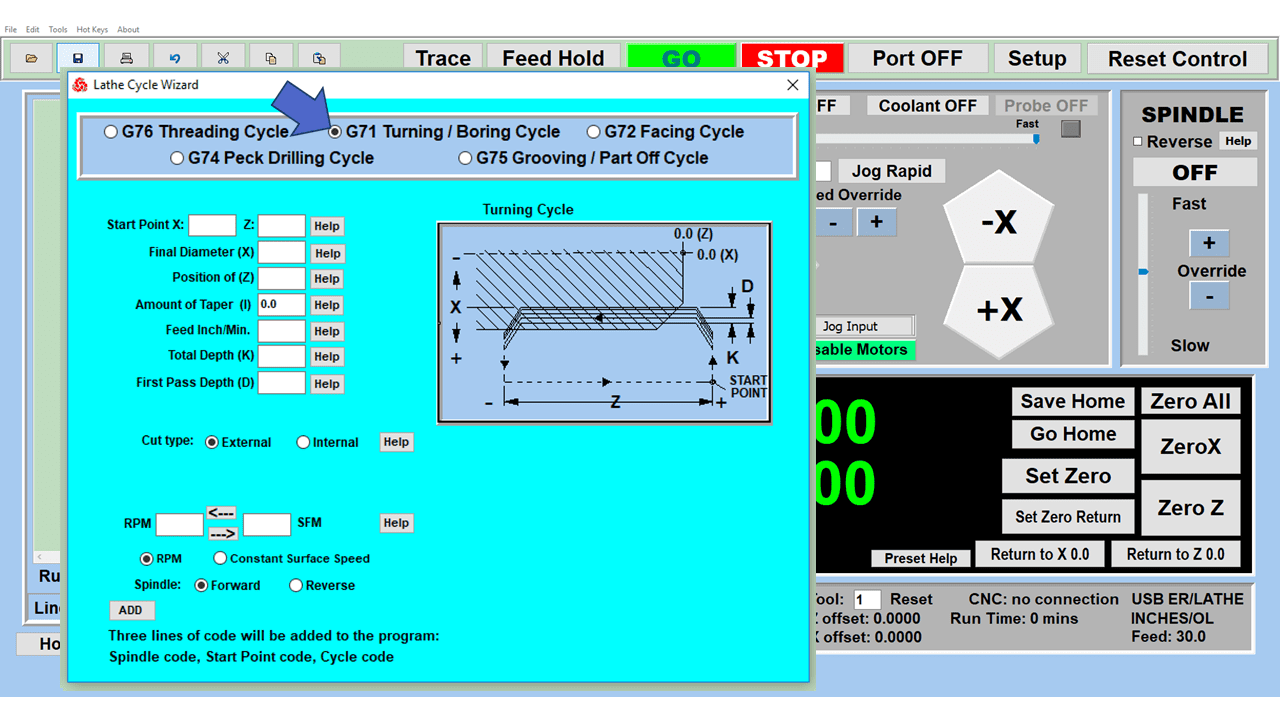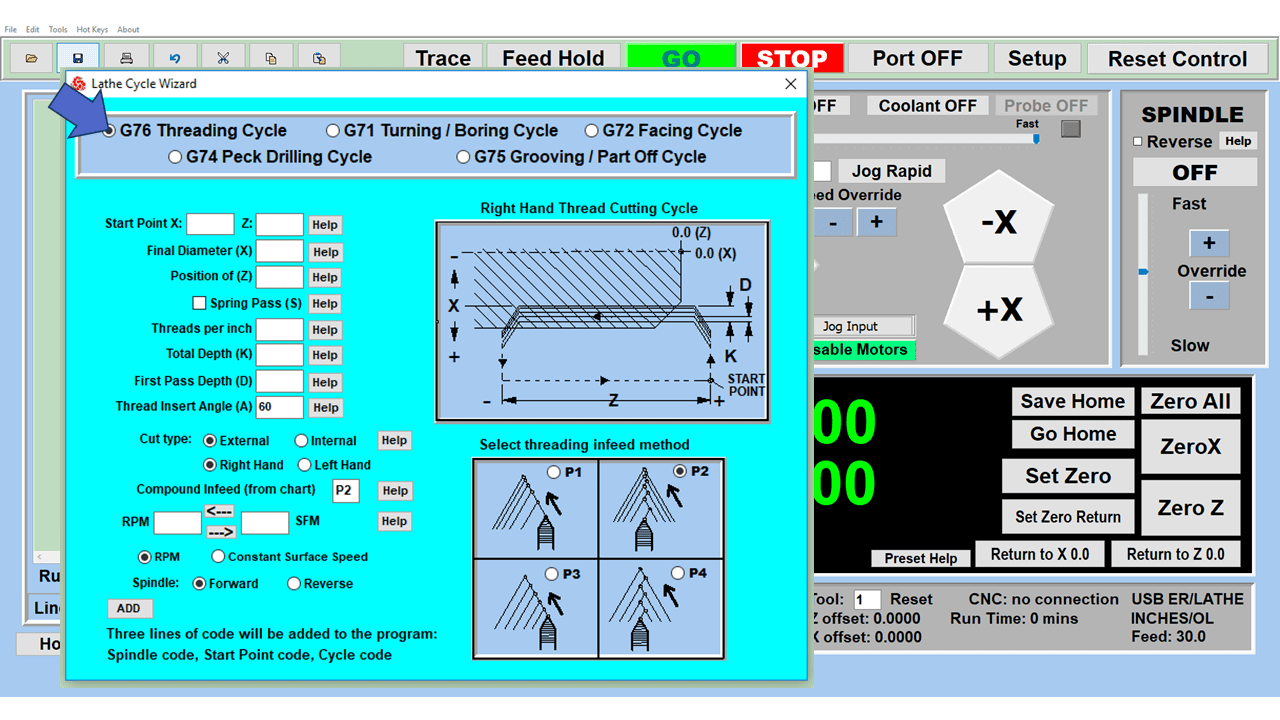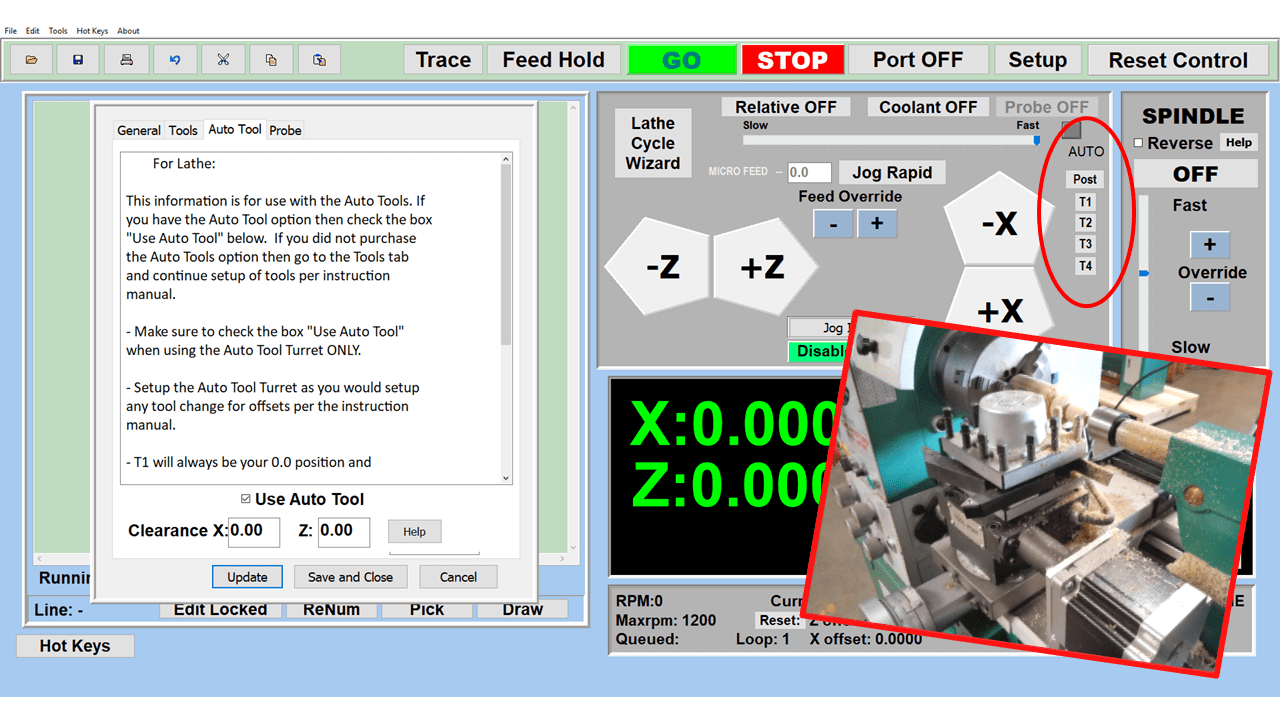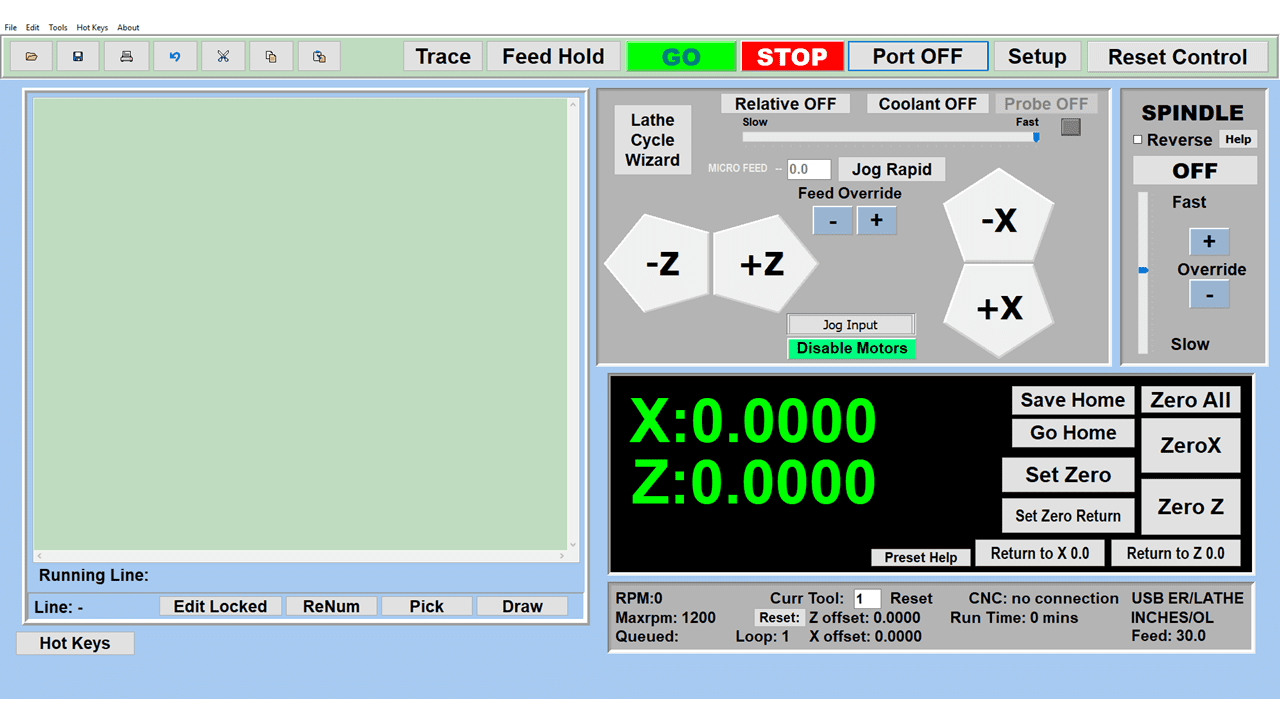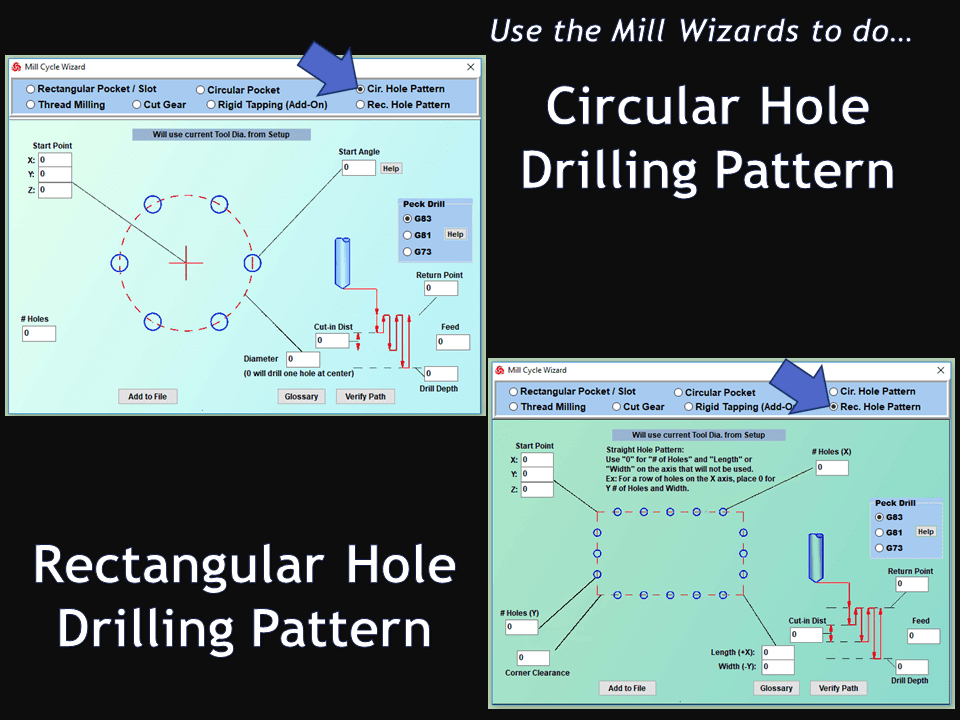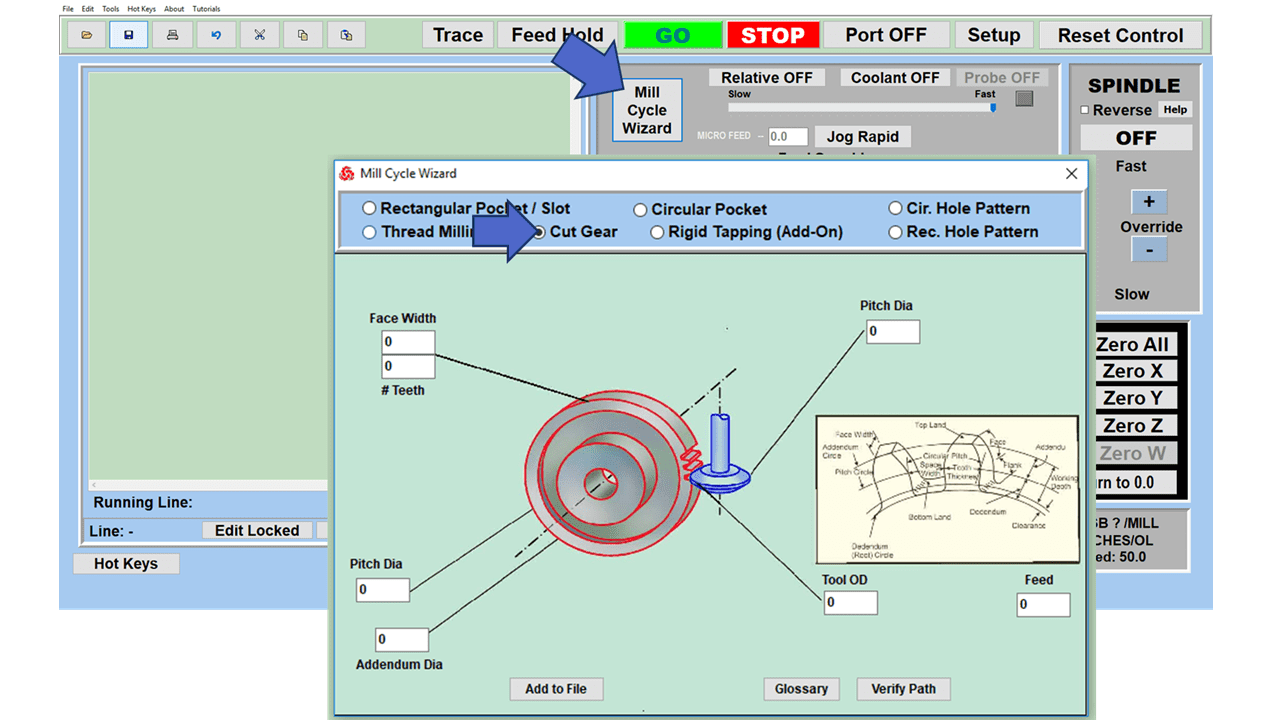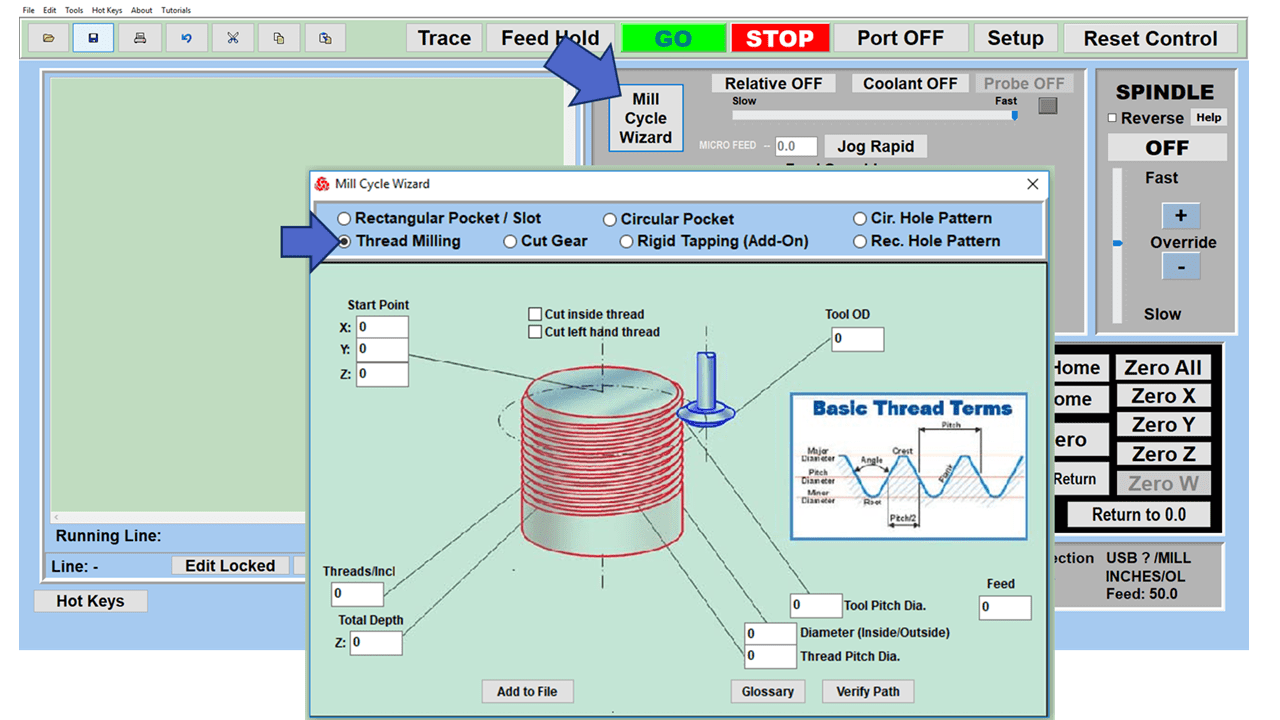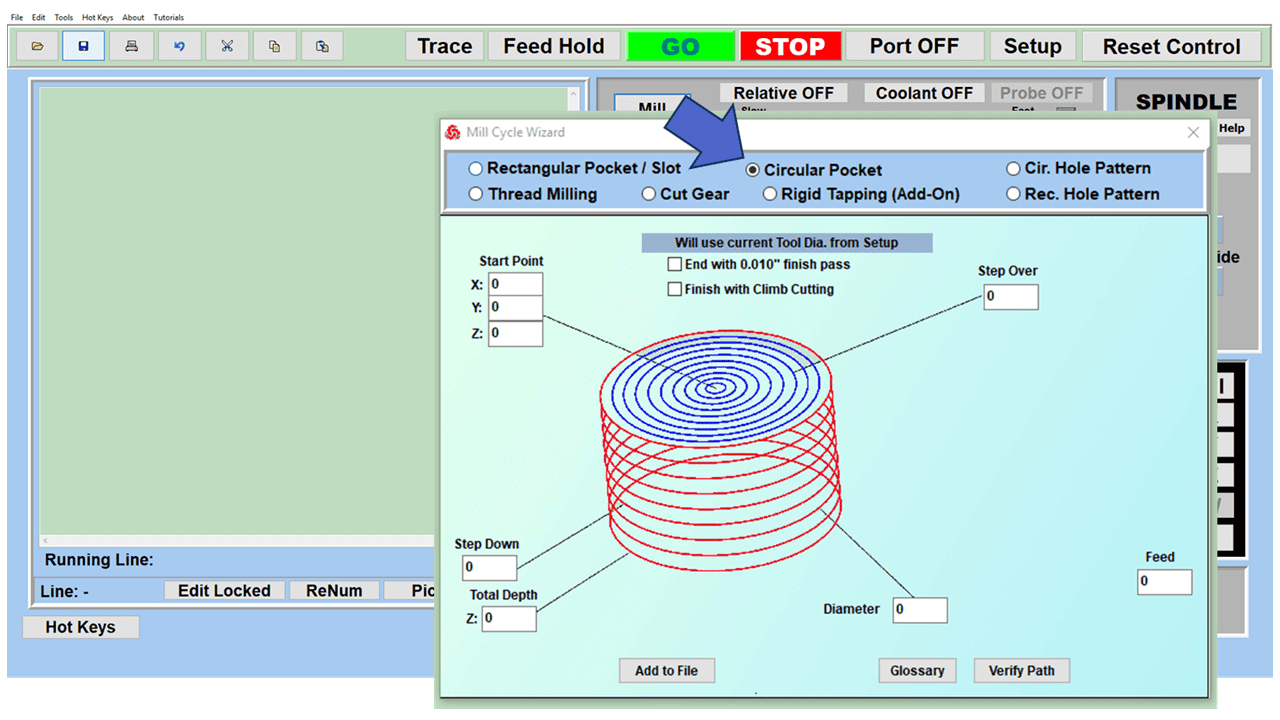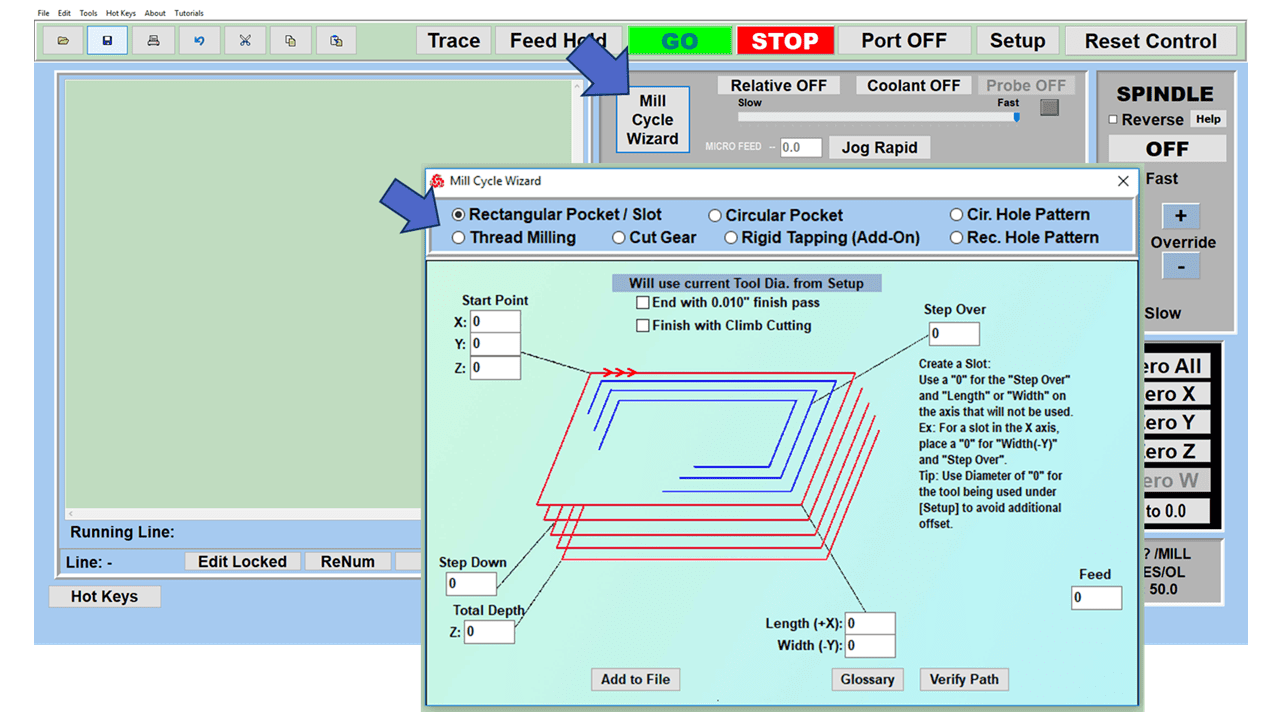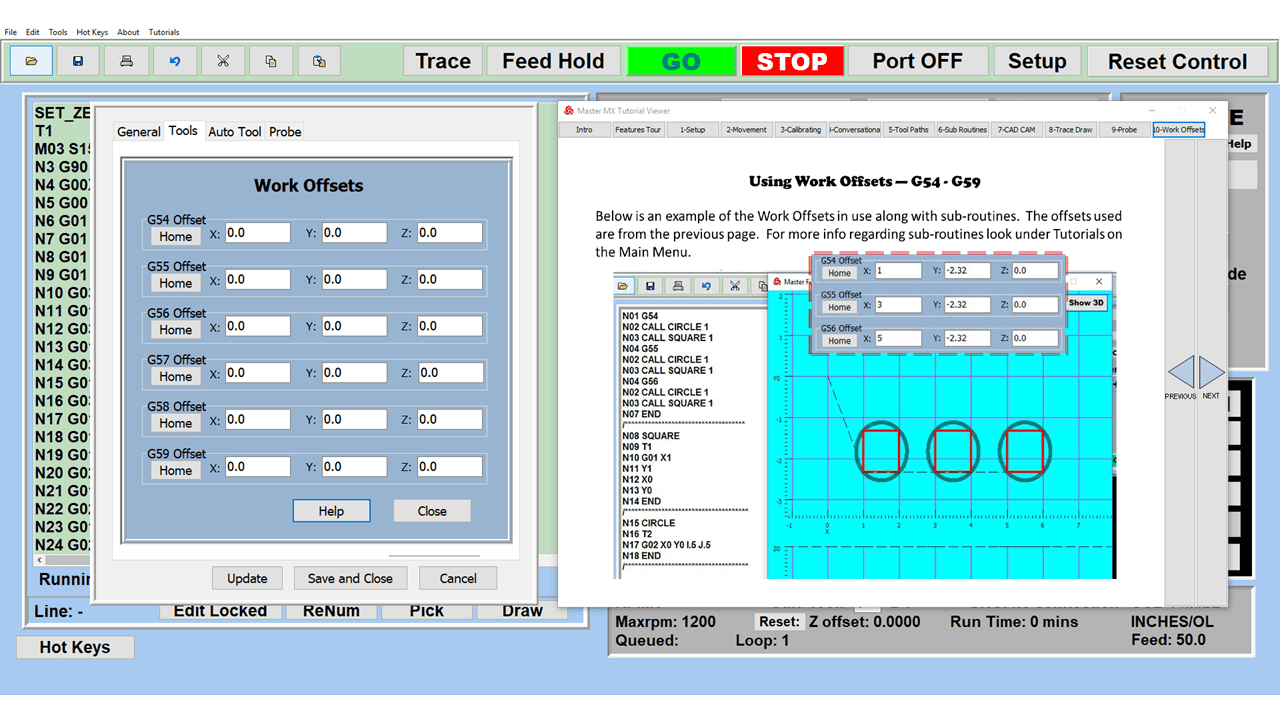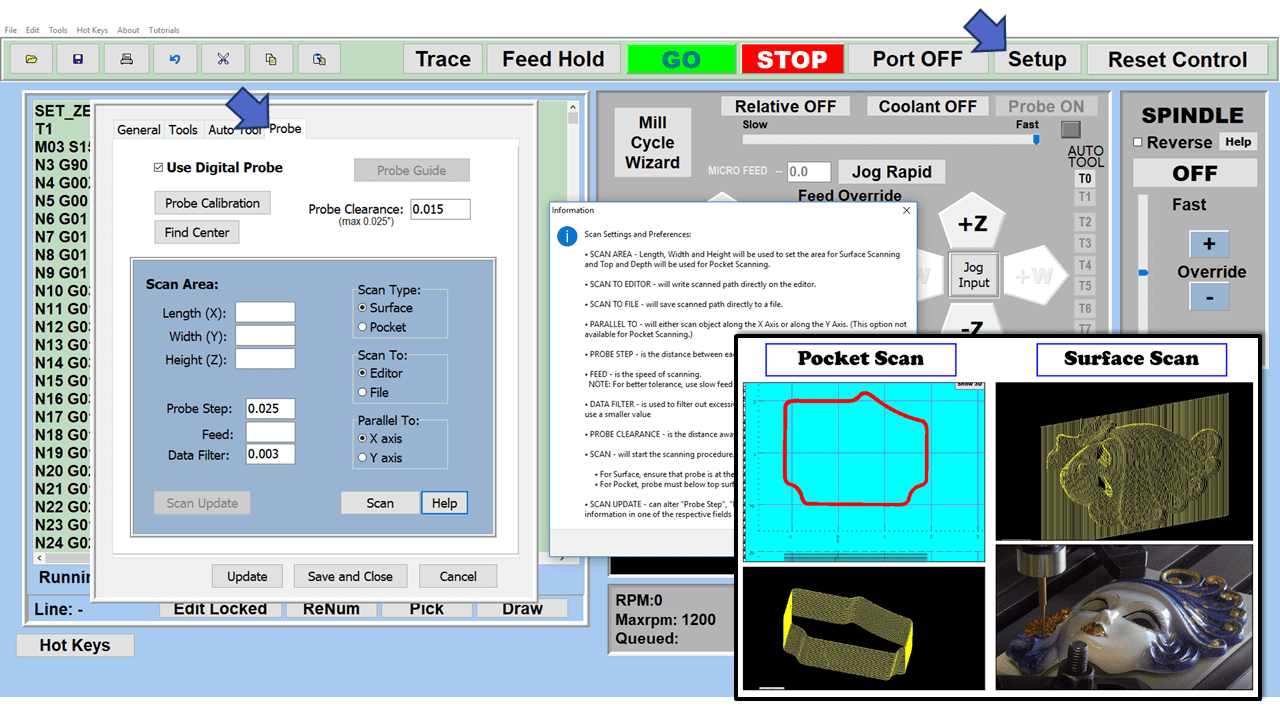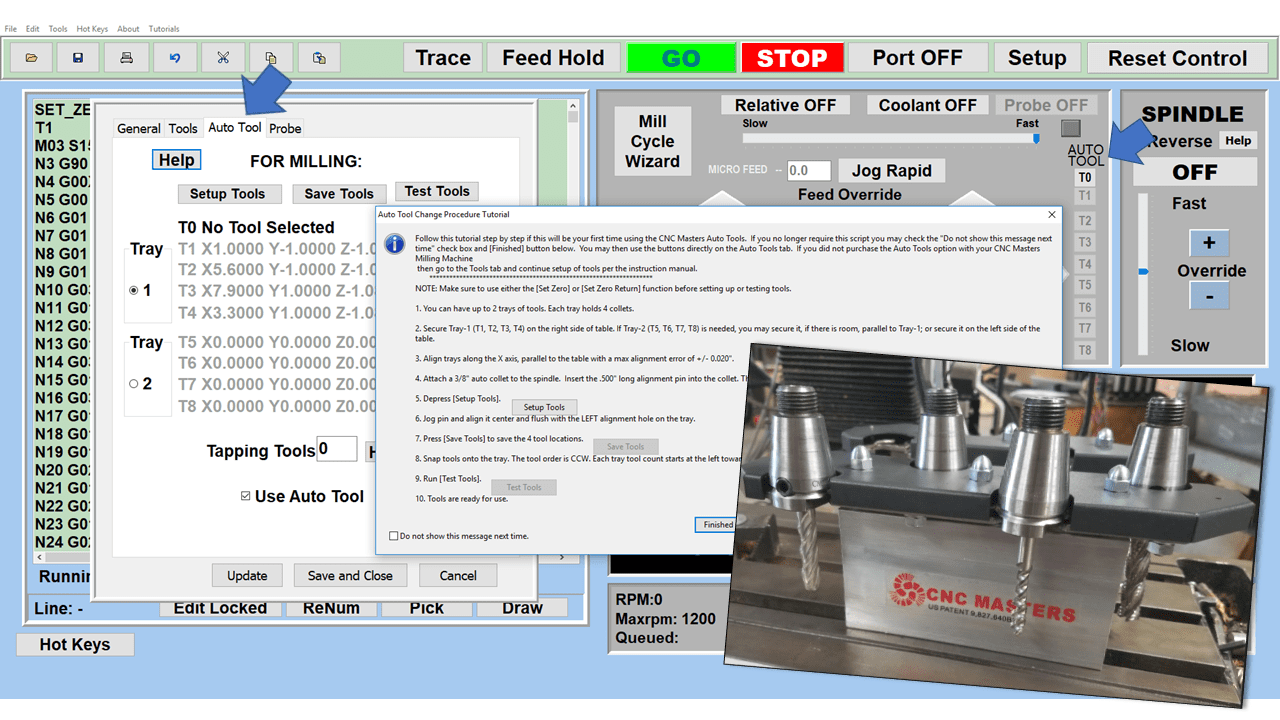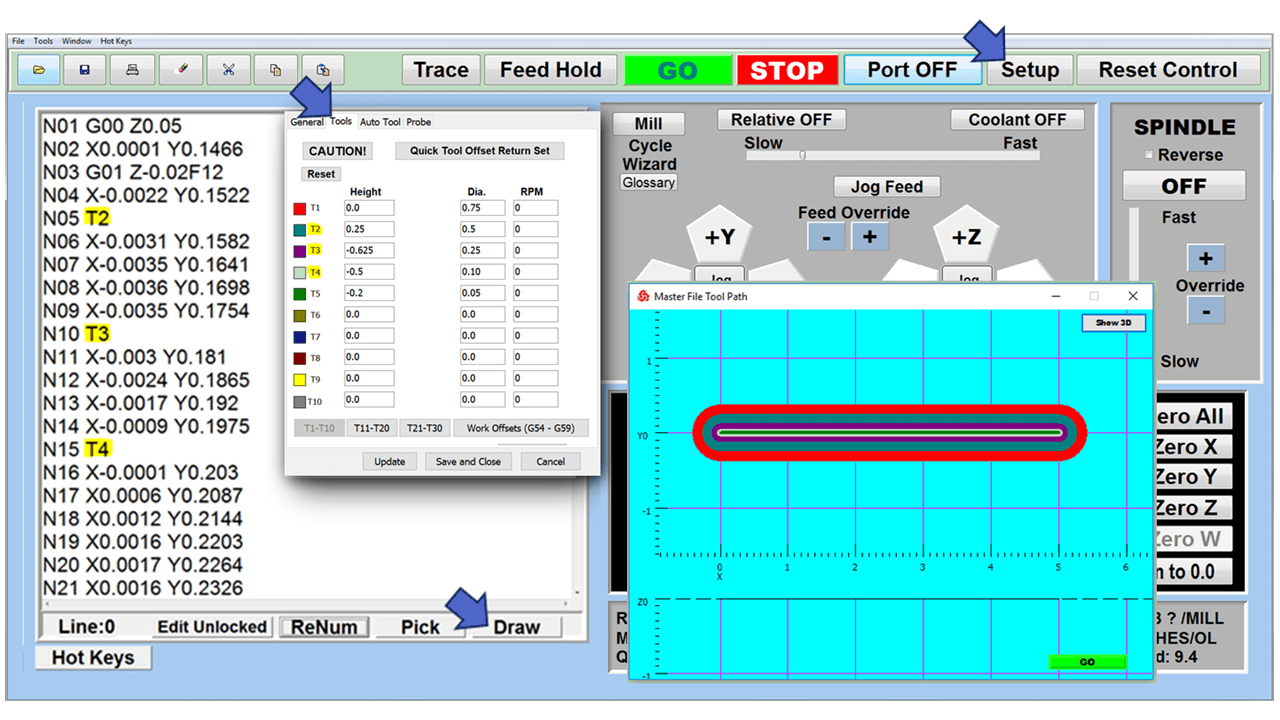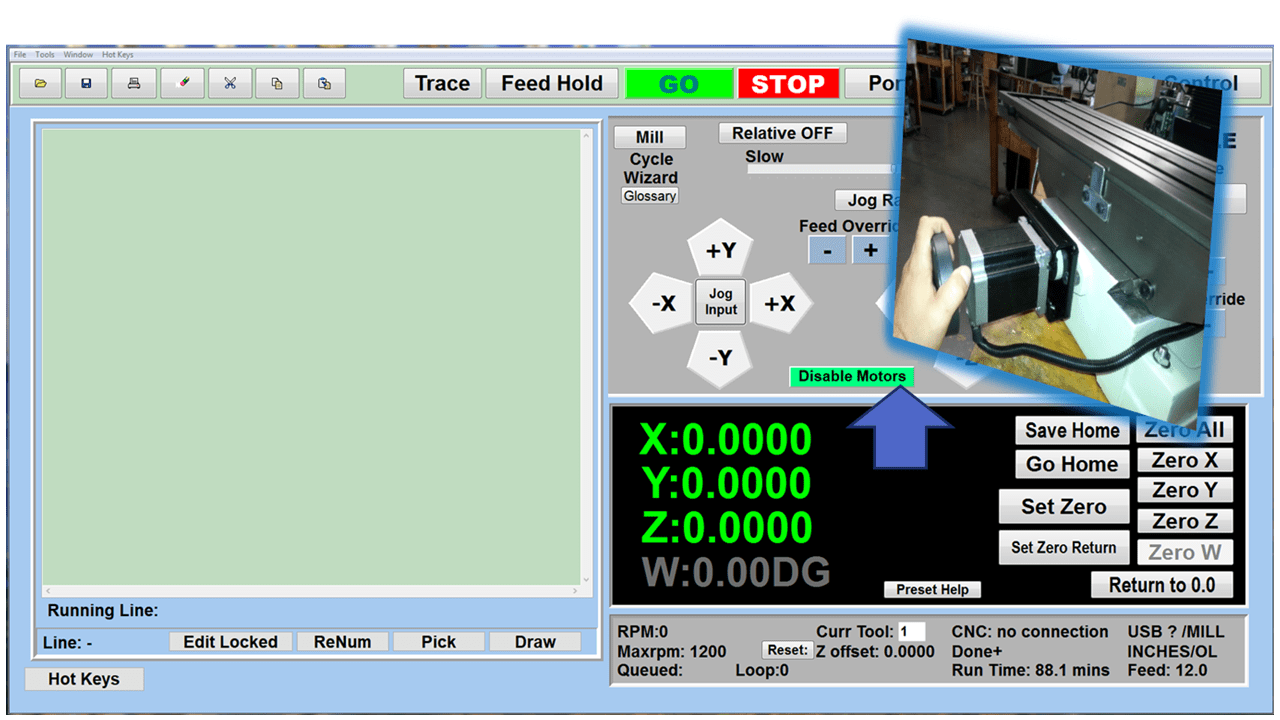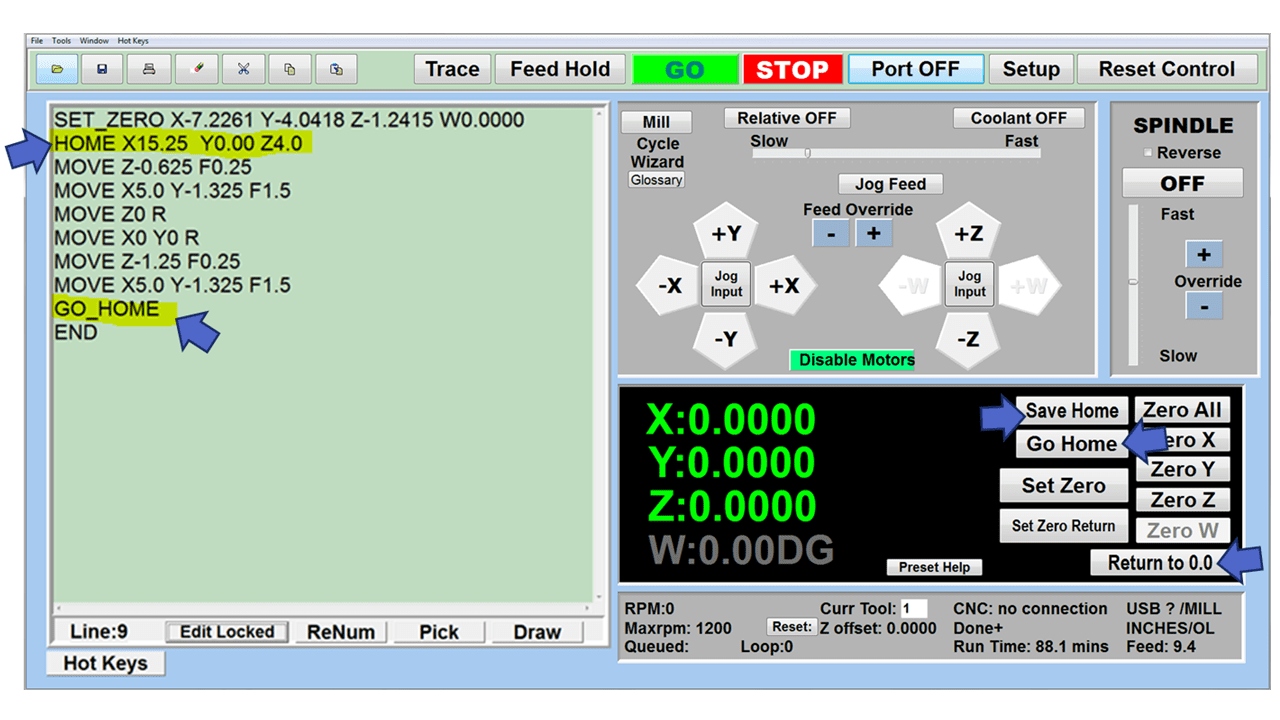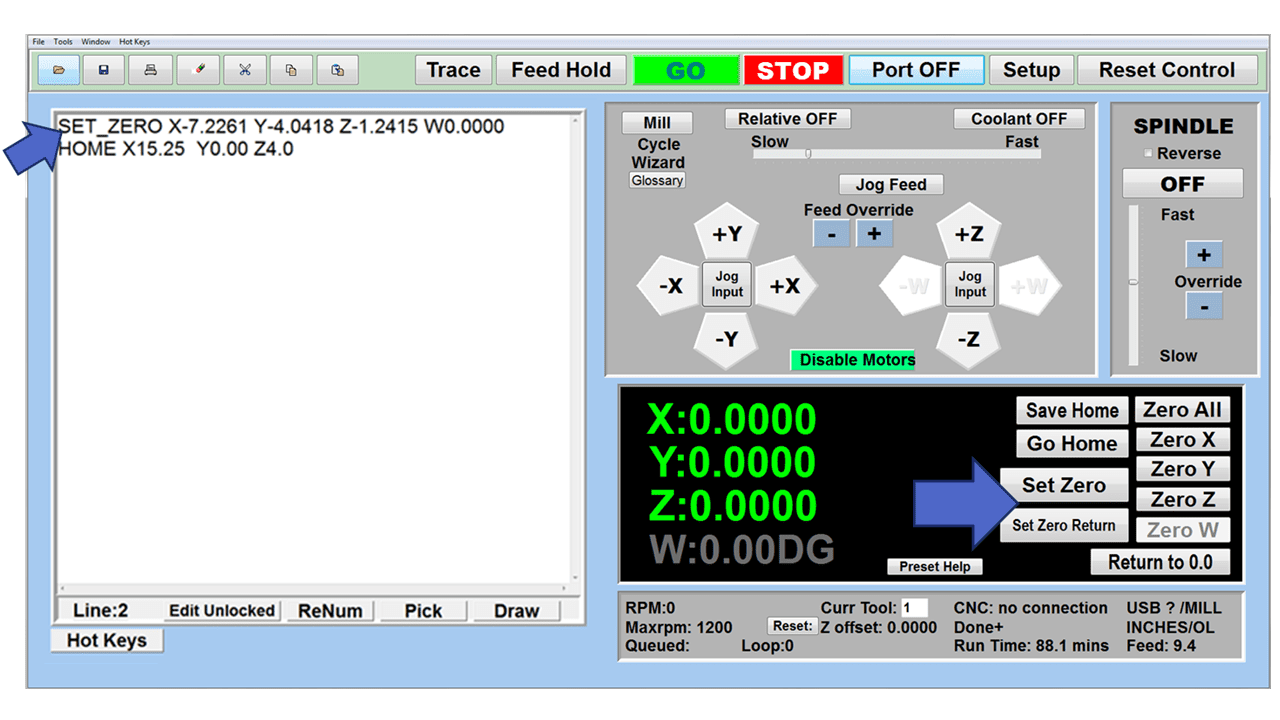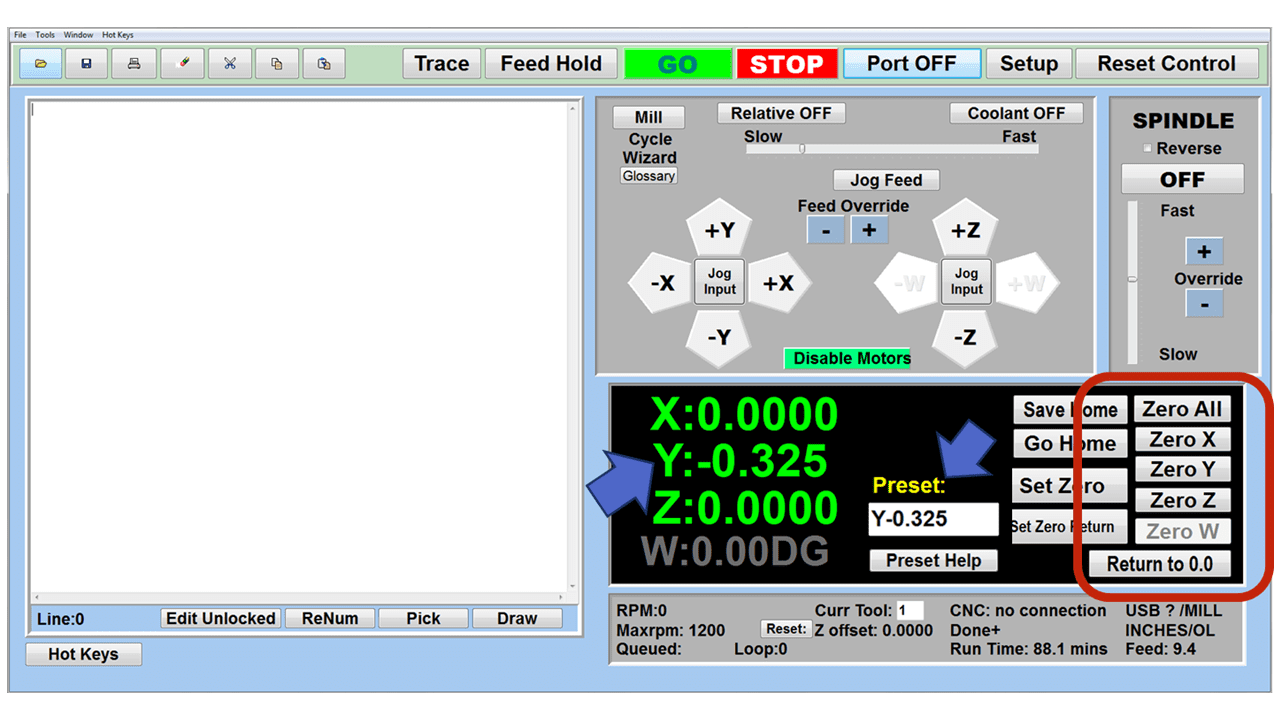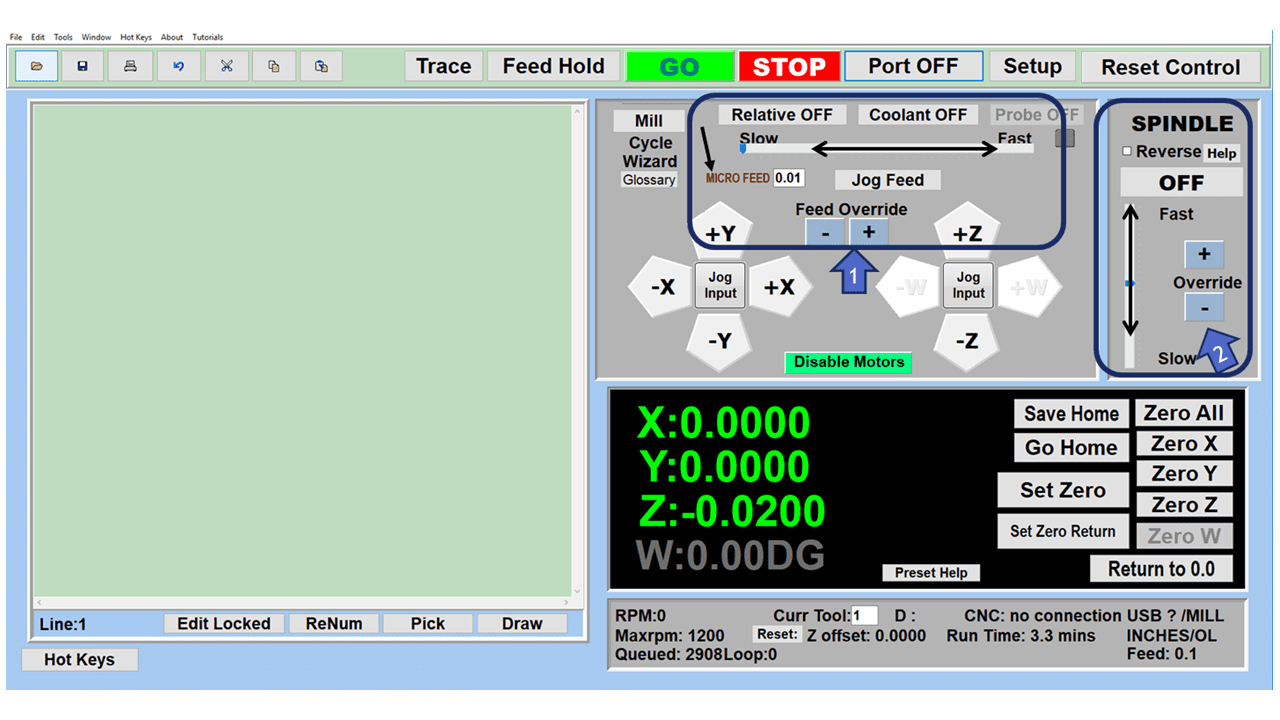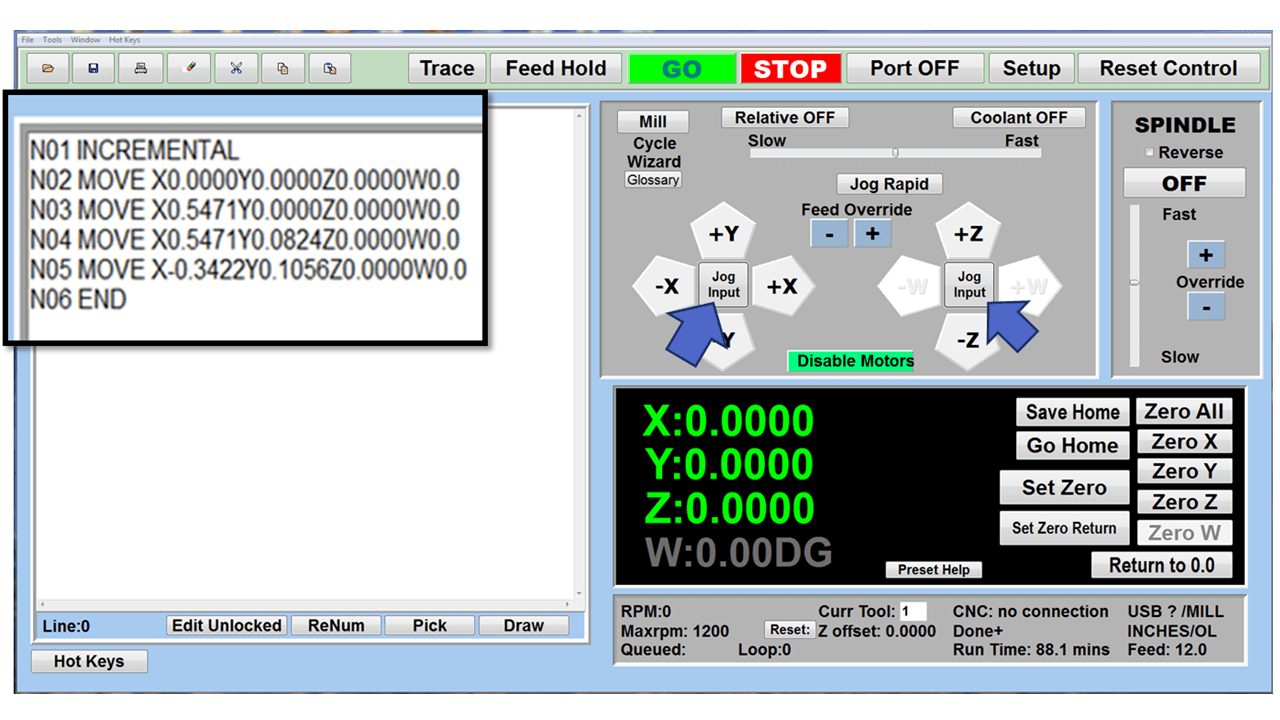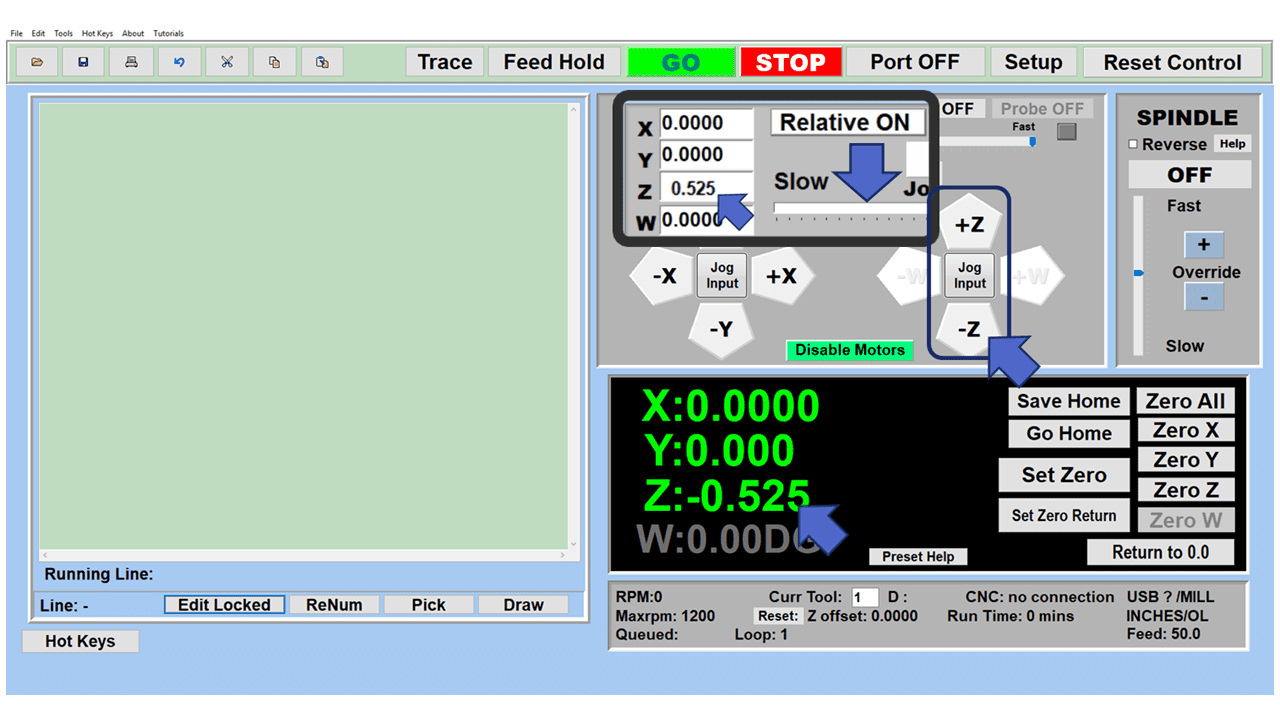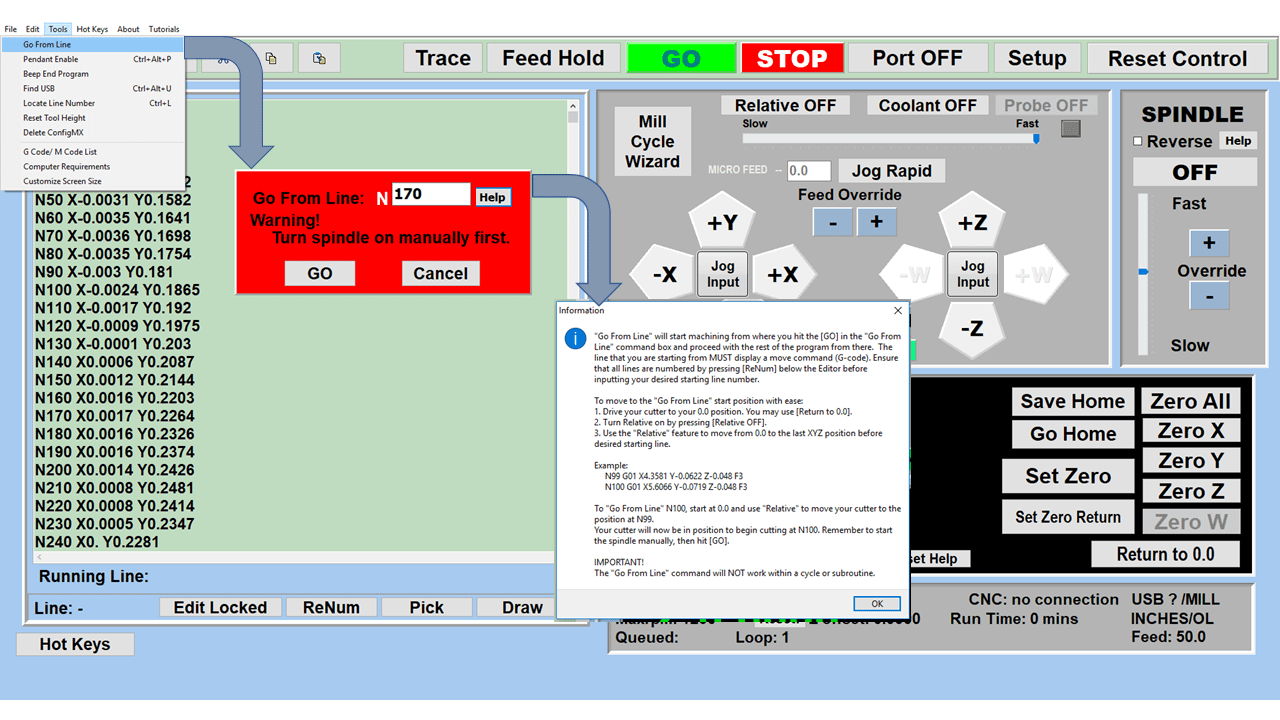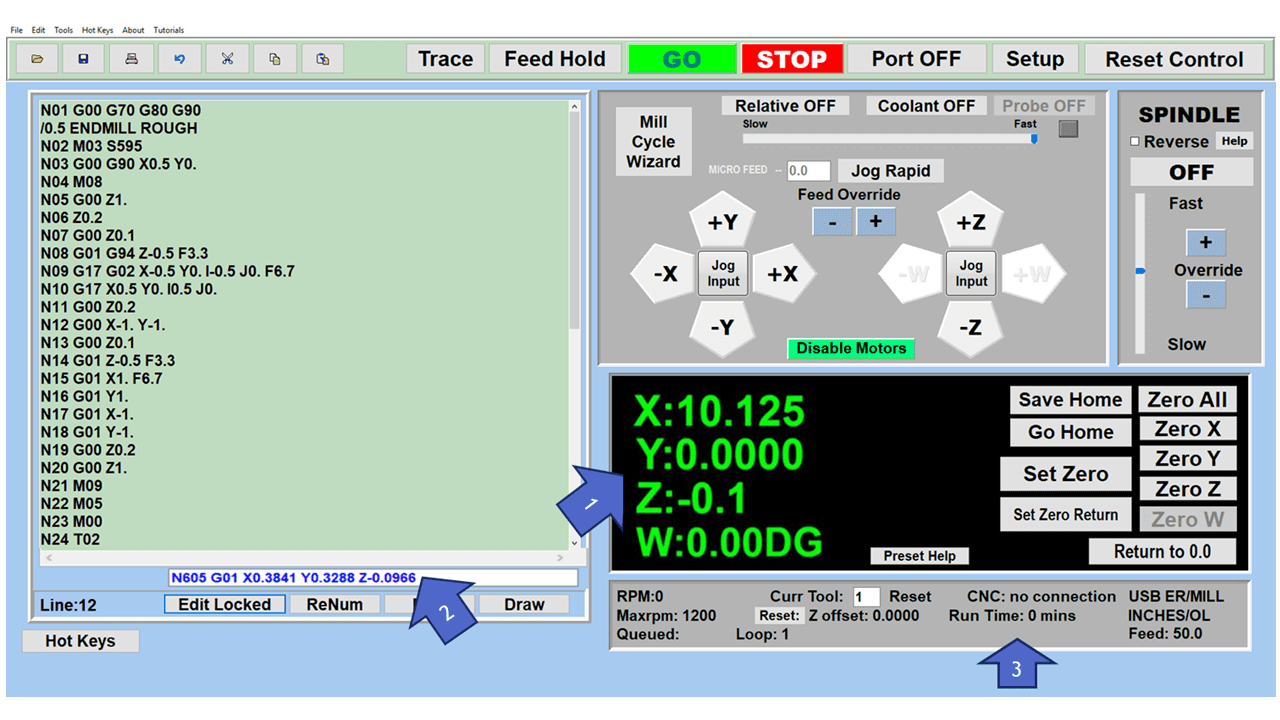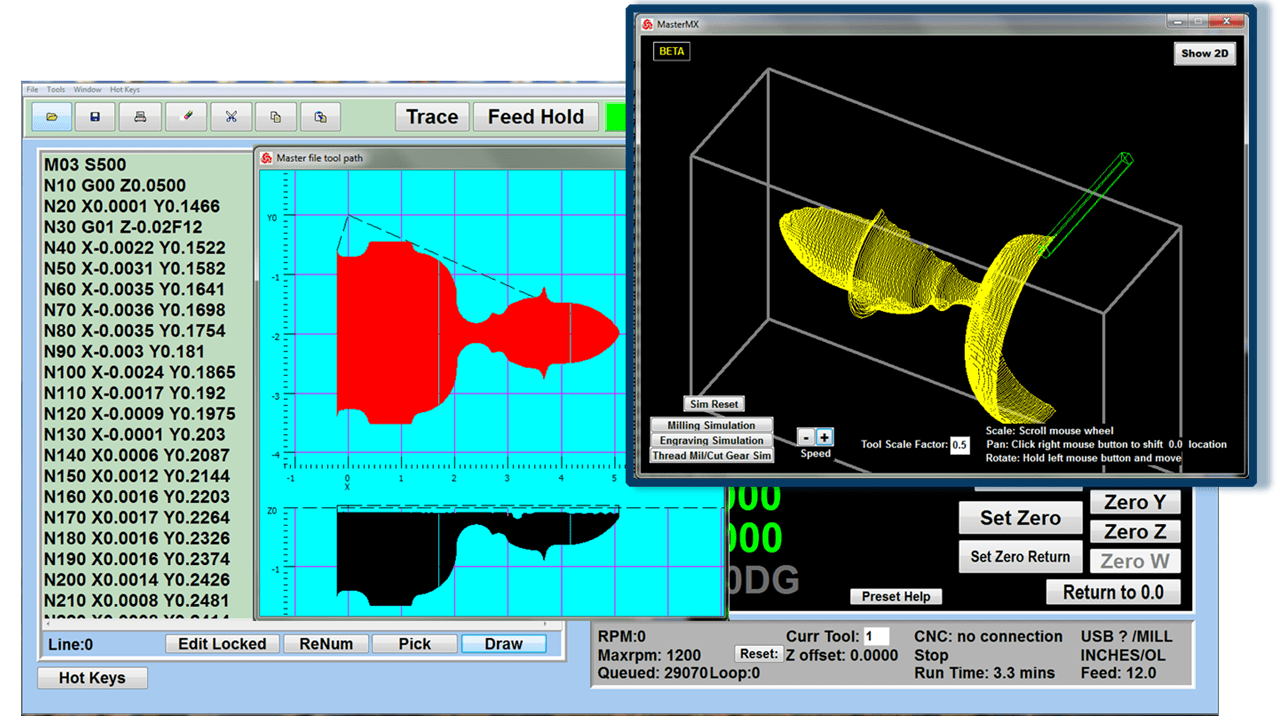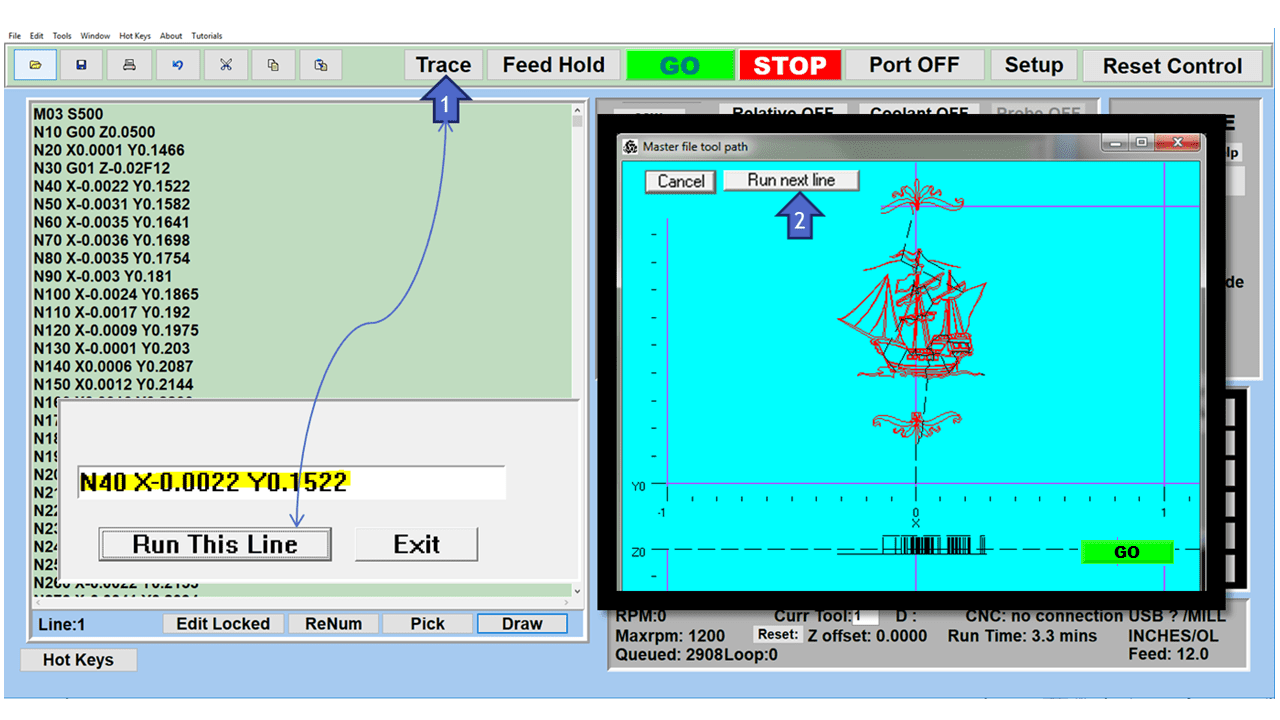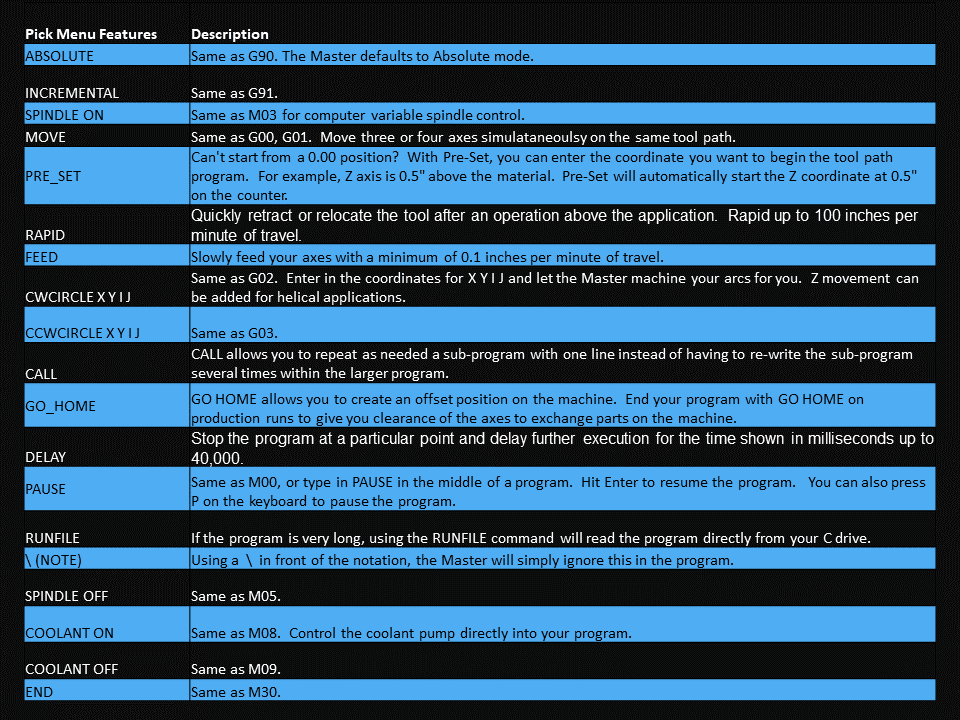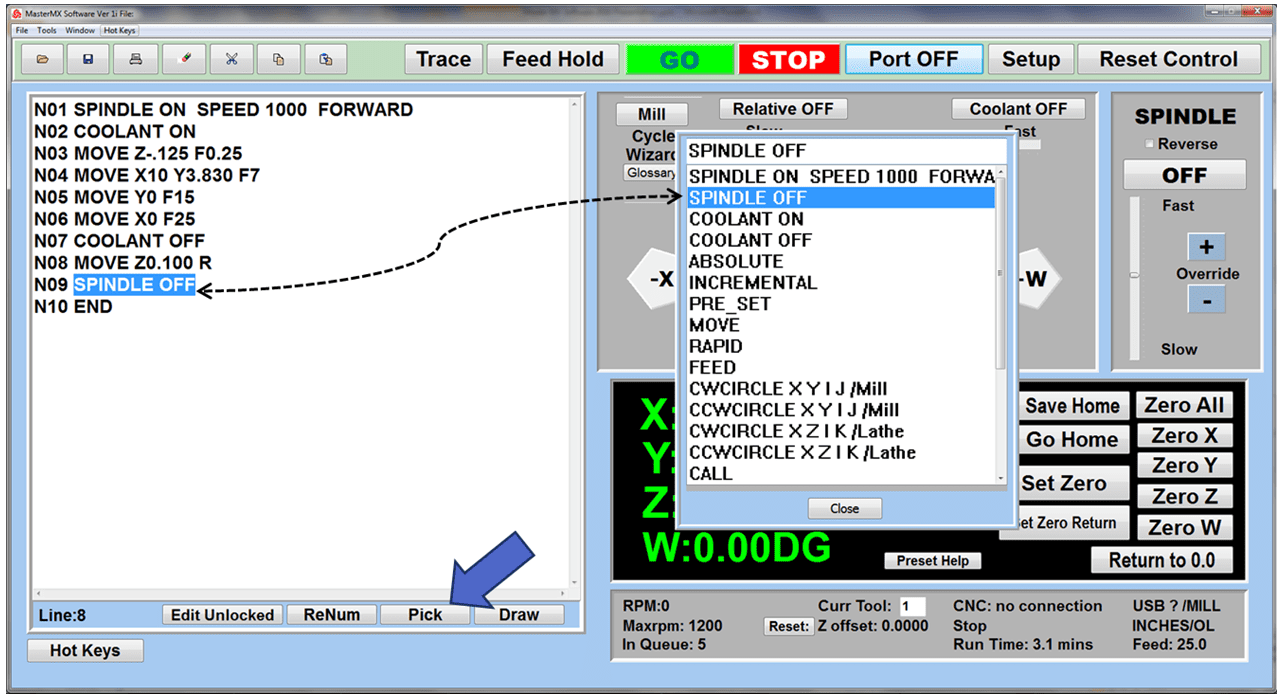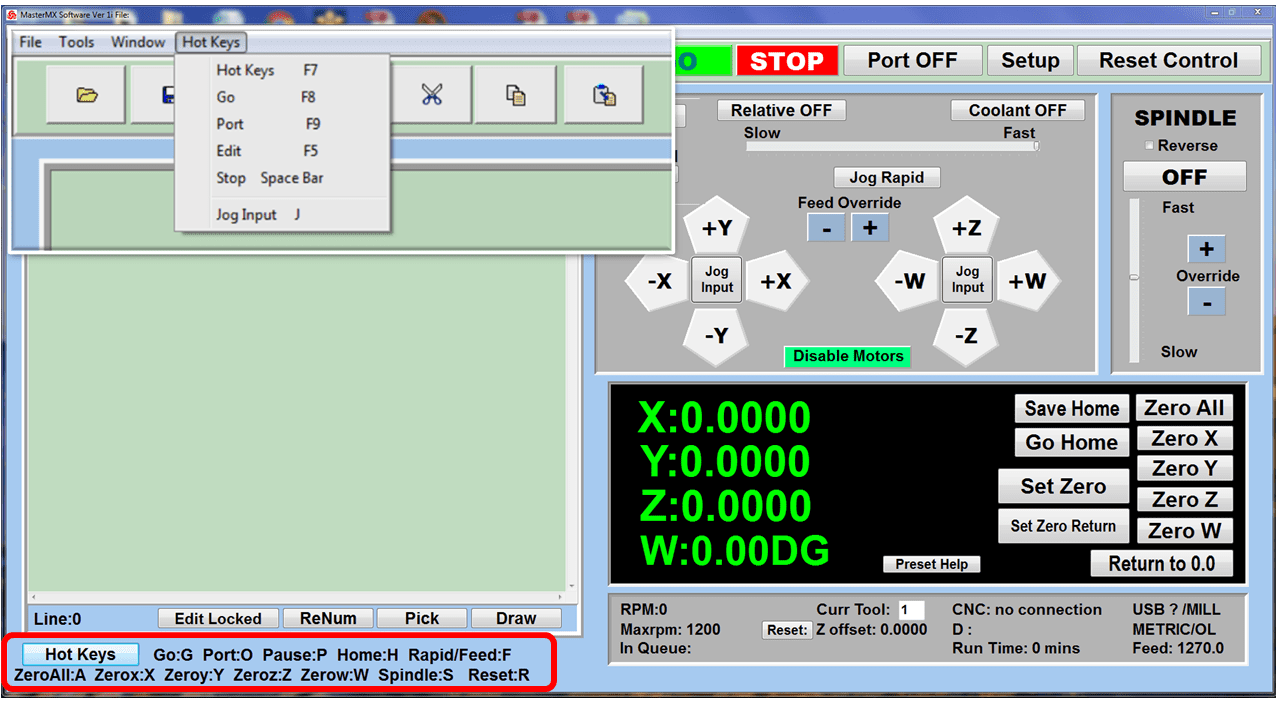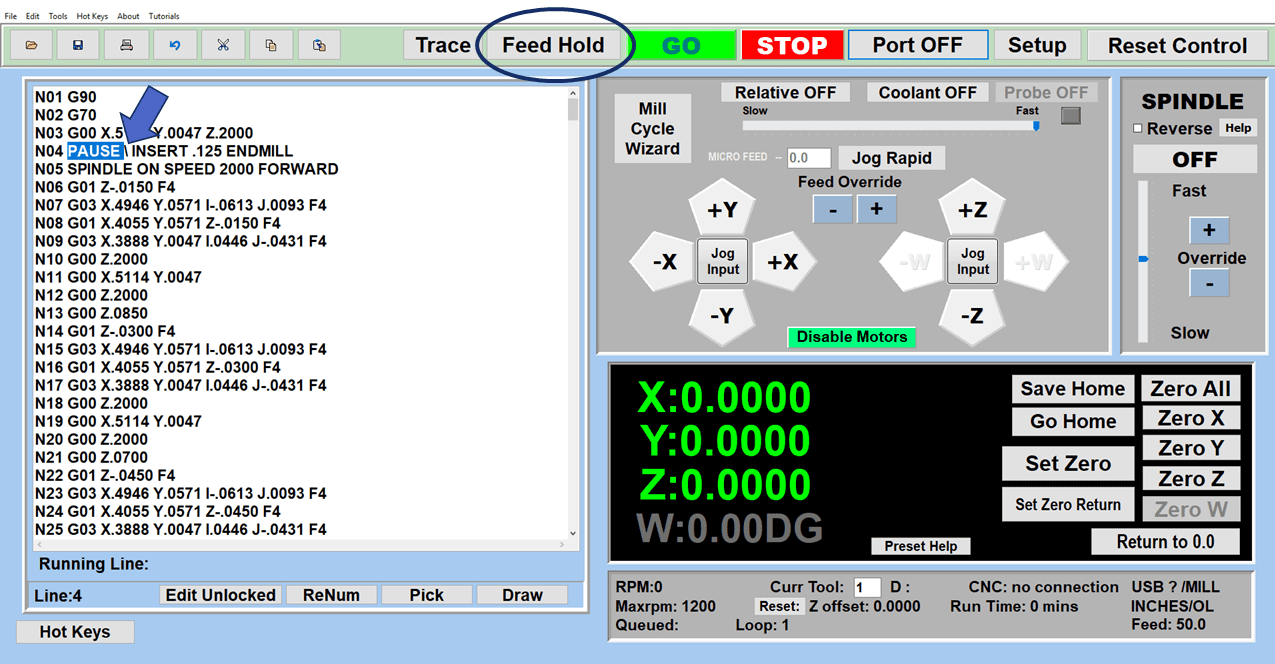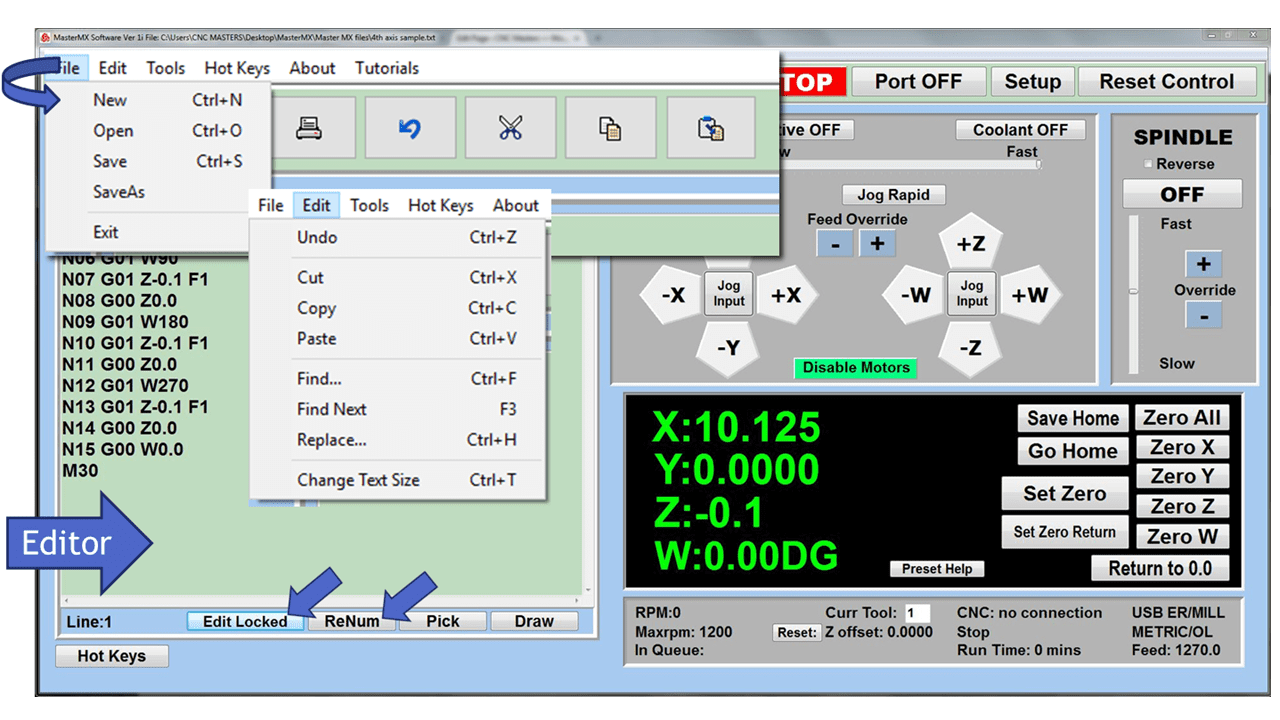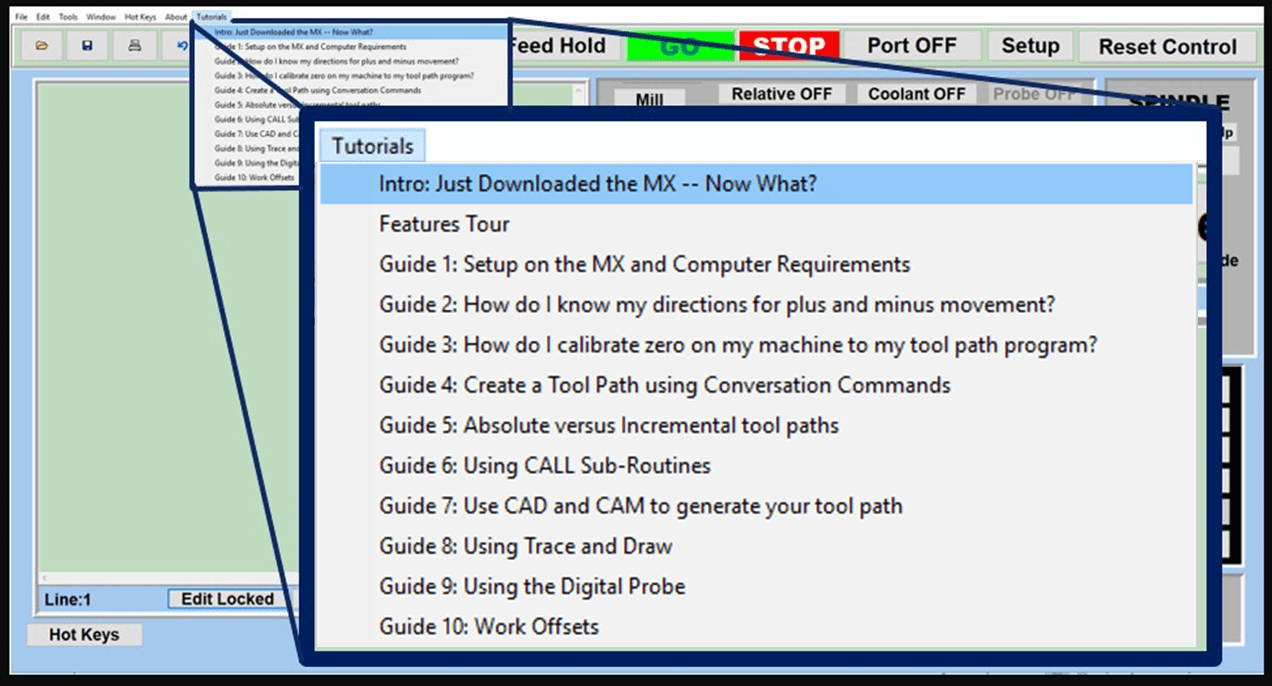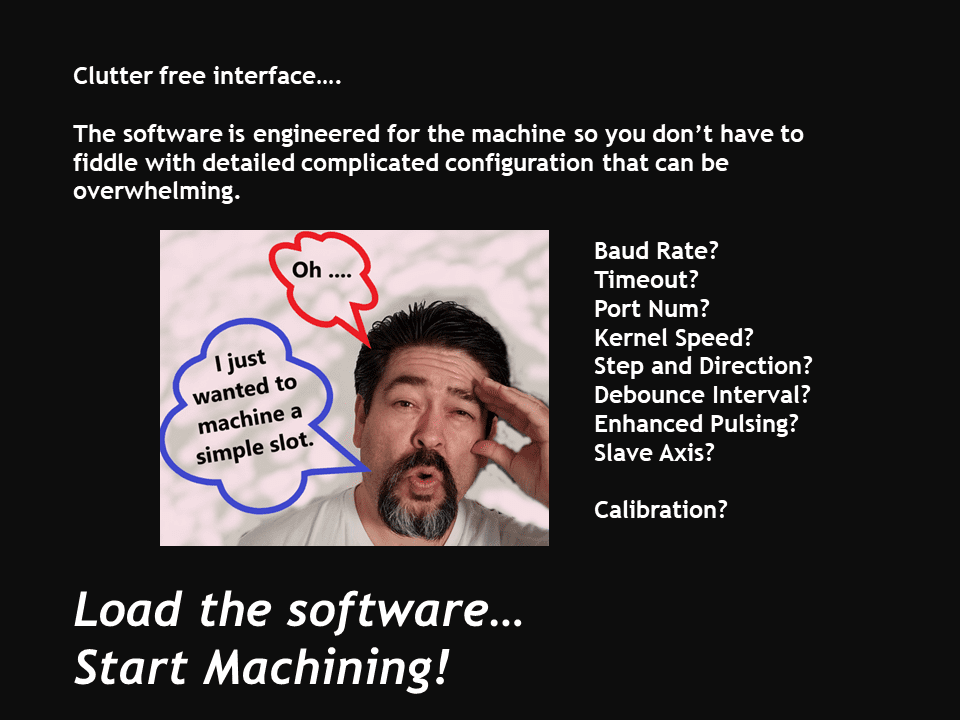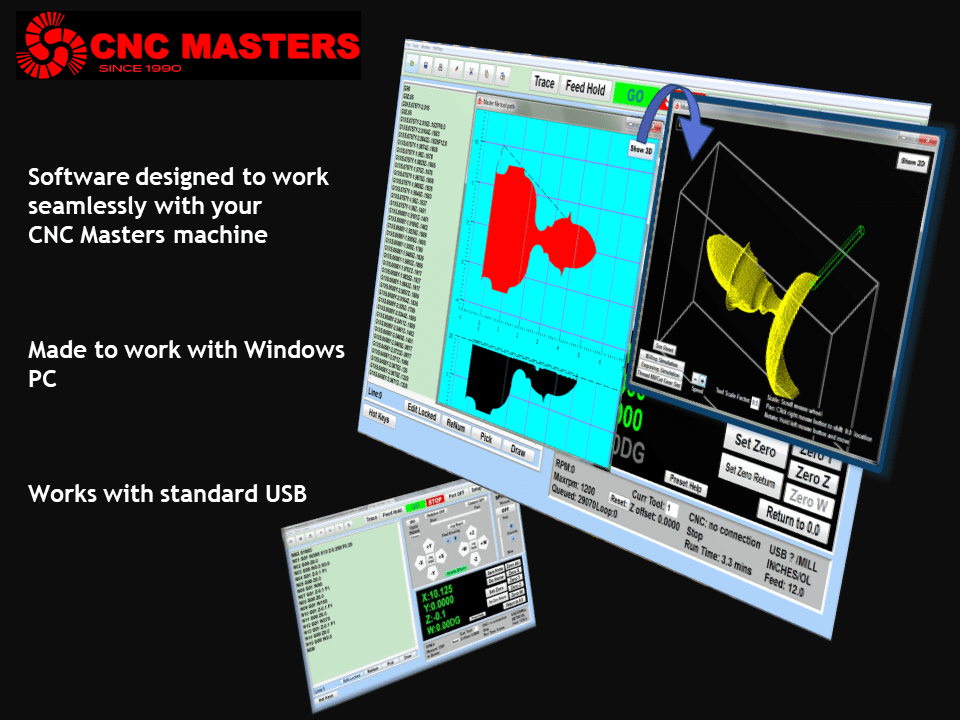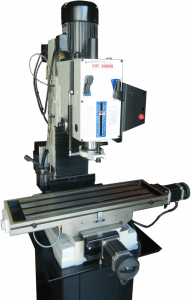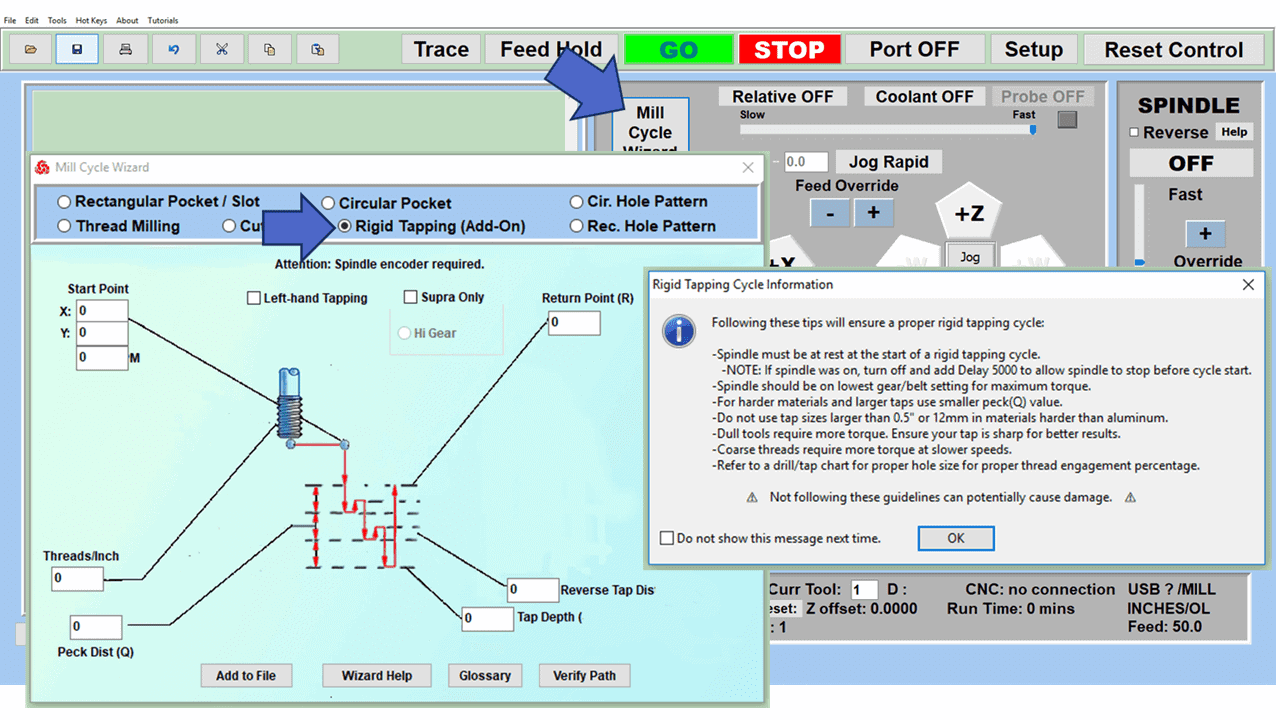Fabricators and machinists of a certain age remember when manual milling machines ruled the shop floor. These relatively versatile milling machines used end mills, face mills, and other types of milling cutters to perform various milling operations with the help of an x-axis table feed. A movable Z-axis quill instantly turned these knee-type mills into a drill press that could also tap, broach, and even press bushings when needed. And the accurate positioning of the holes was enhanced by a digital readout (DRO).
Today, CNC machines are the pride and joy of the machine shop owner, and the manual milling machine has been mostly relegated to secondary operations and minor repair work. And the manual machinist has been replaced by a computer-savvy CNC machinist who can direct a CNC milling machine (or CNC lathe, for that matter) to do things that were unimaginable just a few decades ago.
Although the CNC machinist and the manual machinist are well trained and develop valuable skills, the machinist with skills on a Bridgeport-type manual milling machine will demonstrate different skillsets than the CNC machinist working with sophisticated machine tools and software.
Is the manual milling machine extinct?
The Bridgeport-type knee mill is alive and well, and even with the proliferation of CNC machine tools, you will probably see a manual milling machine somewhere on the typical shop floor. More than likely, it has a power feed, digital readout, a collet rack, and a vise fastened to the work table.
The manual knee mill remains popular for those small jobs where a quick setup and a few holes in the workpiece are required. Also, because the head tilts, the ram moves, and the turret turns, the manual milling machine provides the flexibility for operations that require a short turnaround or might not lend themselves to programming a CNC.
CNC milling machines have advantages over traditional milling machines
Although both are capable of vertical machining, one of the primary differences between CNC and manual milling is the number of workers needed. CNC milling requires little intervention, and a trained CNC machinist can operate several machines simultaneously, while it’s usually one operator per manual mill. Reducing labor costs gives CNC milling its most decided advantage, but it isn’t the only one.
Once a CNC machine tool is programmed, its motion is controlled by a computer, and it will repeatedly produce parts that meet the most exacting specifications. Manual machines are hard-pressed to achieve consistent results because of one critical factor: human error. That’s why quality issues plague many machine shops that rely strictly on manual milling machines.
When it comes to production work, CNC machining wins the contest hands-down. A CNC machine tool can manufacture thousands of parts relatively quickly, and every one of them is identical and within specified tolerances. Higher spindle speeds, faster table feeds, automatic tool changers, and, on some CNC mills, box ways can boost production that manual milling machines cannot match.
Because running the next parts on a CNC milling machine mostly requires reprogramming, changing inserts on the milling cutters, and adding coolant, it can be quickly switched from one component to another. Complicated setups, fixtures, and jigs are not needed, saving tooling costs and getting the prototype completed much more quickly.
Although CNC machining centers run much faster and produce parts in a shorter time, they are safer than Bridgeport-type milling machines. CNC milling typically happens behind a guard or closed transparent door, mitigating the risk of injury. Workers have practically no chance of getting their hands near moving cutting tools.
Find a milling machine combining the best features of manual and CNC milling
The CNC Supra Vertical Knee Mill has a vertical spindle and includes the benefits of a manual milling machine and the multiple advantages of a heavy-duty CNC milling machine into one excellent and versatile combo machine tool capable of completing unique and low-volume projects as well as mass-producing replacement parts. Much of the work quickly accomplished on the CNC Supra is all but impossible on a manual milling machine—at least not without using expensive and cumbersome fixtures and tooling.
Depending on the type of work you’re doing, the Supra vertical milling machine will run for hours without an operator present or for parts changes only on shorter runs. The X-axis, Y-axis, and quill-driven Z-axis can move simultaneously for 3-dimensional work powered by micro-stepper motors, while the computer controls the variable speed head.
And yet the CNC Supra is capable of manual control for those small jobs that come up when all the other CNC mills are occupied. Perhaps the traditional manual mill has become extinct in machine shops that are using the CNC Supra vertical milling machines.
Do you need a CNC milling machine with a smaller footprint?
Even though the CNC Supra Vertical Knee Mill takes up a lot less space than other machine tools, your situation may dictate the need for a more compact CNC milling machine. If that’s the case, the CNC Max Tabletop Mill will resolve your dilemma. The MAX provides a substantial amount of travel: 21.5” on the X-axis, 10.5” on the Y-Axis, and 4.5” on the Z-axis quill. And all three axes are ball-screw driven for accuracy on those production runs.
But don’t underestimate the MAX CNC Mill because it’s a desktop. The MAX is a durable and precise vertical milling machine with a cast-iron body that performs as well as larger milling machines without taking up as much space. It is built in California, USA, and hand-tested for quality and performance, suitable for primary or secondary CNC machining applications.
Manual milling machines vs. CNC milling machines: a conclusion
As you already know, comparisons are only valid if you’re “comparing apples to apples,” as the saying goes. If that is so, it might be unfair to compare manual with CNC machines. After all, CNCs have so many advantages that they have turned manual milling machines into dinosaurs.
Although CNC milling has a big edge over traditional mills by saving on costly labor, ensuring quality and repeatability, being able to handle complex three-dimensional work, and having added versatility, the manual milling machine still has a place and purpose in many shops. Those starting in business might opt for a less expensive manual machine, and those without computer skills may pass on the CNC mill, at least temporarily. And if your business has several big projects going, it’s nice to have a manual milling machine around for those small emergencies.
Take your machine shop to the next level
The SUPRA CNC vertical knee mill and CNC Max Tabletop Mill from CNC Masters can make any shop more productive almost immediately. These versatile machines are ideal for hobbyists, machine shops, product development, high-production work, engraving, and teaching tools in vocational-technical schools and science labs.
Both models are heavy-duty machine tools made in the U.S.A. and backed by a one-year warranty with unlimited tech support. Check out the rest of the specs and all of the features here, then call us at 626-962-9300 or email us at sales@cncmasters.com. Better yet, contact us for an appointment and visit our facility in Irwindale, CA.

